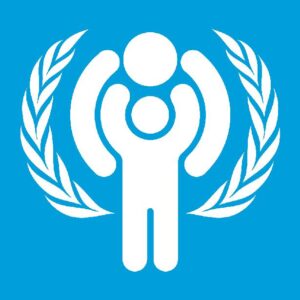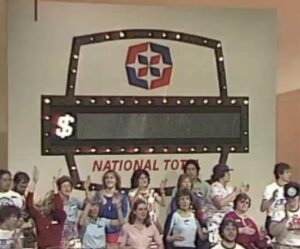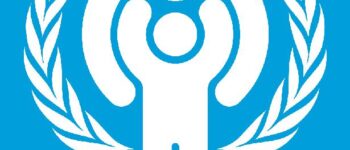1979: International Year of the Child
January 5, 2024
By AHNZ
 After many months of warning the Secretary General of the United Nations proclaimed on 1 January, 1979, that the 12 months ahead would be known as the International Year of the Child. New Zealand’s Government and voluntary organisations willingly played along in a great show of raising awareness and thinking a bit more deeply about ‘the child’.
After many months of warning the Secretary General of the United Nations proclaimed on 1 January, 1979, that the 12 months ahead would be known as the International Year of the Child. New Zealand’s Government and voluntary organisations willingly played along in a great show of raising awareness and thinking a bit more deeply about ‘the child’.
There were no stated goals or clear targets but much money changed hands. This included dedication of the 1979 Telethon which raised $2,767,351. Ref. Te Ara
Nor was it particularly clear what a ‘child’ was since one of the UN officials made headlines lamenting that the New Zealand Government wasn’t supplying $5,800 a pop to send Maoris to California. The official wanted Peter Sharples to bring a singing/dancing Maori child over. In particular, she wanted Marama Davidson’s dad, Peter Broughton (Rawiri Paratene) to be sent even though he was 25yo at the time. Ref. Press (1978,) Papers Past
 From the mid 1970s the Boomers had moved on from their hippy-dippy-Nambassa-flower-power-commune period and received Telethons as the new civic receptacle for their energy. They became more lavish and self-promoting every year with a reciprocal relationship to substance and utility to the community. The organiser of this 1979 one later said “We sublimated the cause and promoted the festival..we could do a Telethon for a 3-legged dog..”! Ref. 1975: Telethon, AHNZ
From the mid 1970s the Boomers had moved on from their hippy-dippy-Nambassa-flower-power-commune period and received Telethons as the new civic receptacle for their energy. They became more lavish and self-promoting every year with a reciprocal relationship to substance and utility to the community. The organiser of this 1979 one later said “We sublimated the cause and promoted the festival..we could do a Telethon for a 3-legged dog..”! Ref. 1975: Telethon, AHNZ
Rob Muldoon’s National 3.0 Ministry apparently used ‘the year of the child’ as cover for splashing money around. Perhaps to the flunkys and donors of their election campaign as isn’t that how politics in New Zealand works? “The New Zealand government added nothing to the Telethon funds nor did they contribute anything else apart from establishing a commission to conduct a publicity campaign for the year.” ref. Ritchie and Ritchie (1981)
Source of above quote also says that ‘charities’ had their hand out to the Telethon for six times more than the money the event had to distribute. But for what? The entire thing was generally so that adults could feel as if they’d done something nice for the kids and “had a hmmm” about childhood in general.
The Committee for Children trucked on, doing whatever it wanted, until 1988 before declaring itself broke and dissolving. That is to be expected as a National 3.0 appendage is always going to wither when a new government, Labour 4.0 in this case, takes power. Ref. Press (1988,) Papers Past
“As the sound of all the energy expended, all the talking, all the publicity fades in time we are left with an uneasy feeling that for it all there has been little gain, no real achievement.” – Ritchie and Ritchie (1981)
The country basically drugged itself on lip service to children and awareness raising events so the population could feel good about how it was treating Generation X. That such dissociation was required suggests that Gen X were, in reality, having a hard time of it. This was the time of Carless Days and “Oil Shocks.” In Invercargill sheep were being slaughtered in public to make a point. In Otago the circus brought lions for the kids to see but they ended up being shot in public. 1979 started with the excitement of UFOs up in the sky but ended with the dread of our airplane falling out of it and killing everyone on board.
New Zealand as a sort of corporate organism does drug itself like this from time to time to clear the collective consciousness. Other remarkable examples include the I Care campaign of 1974 and the Cheer-up Week of 1931.
If we wanted to make a real difference to children in a given year we would do something real for them. How about not forcing them to go to school? Especially not government ones.
—
Ref. vii, Spare The Rod, Jane and James Ritchie (1981)
 Like Comment Share
Like Comment Share





